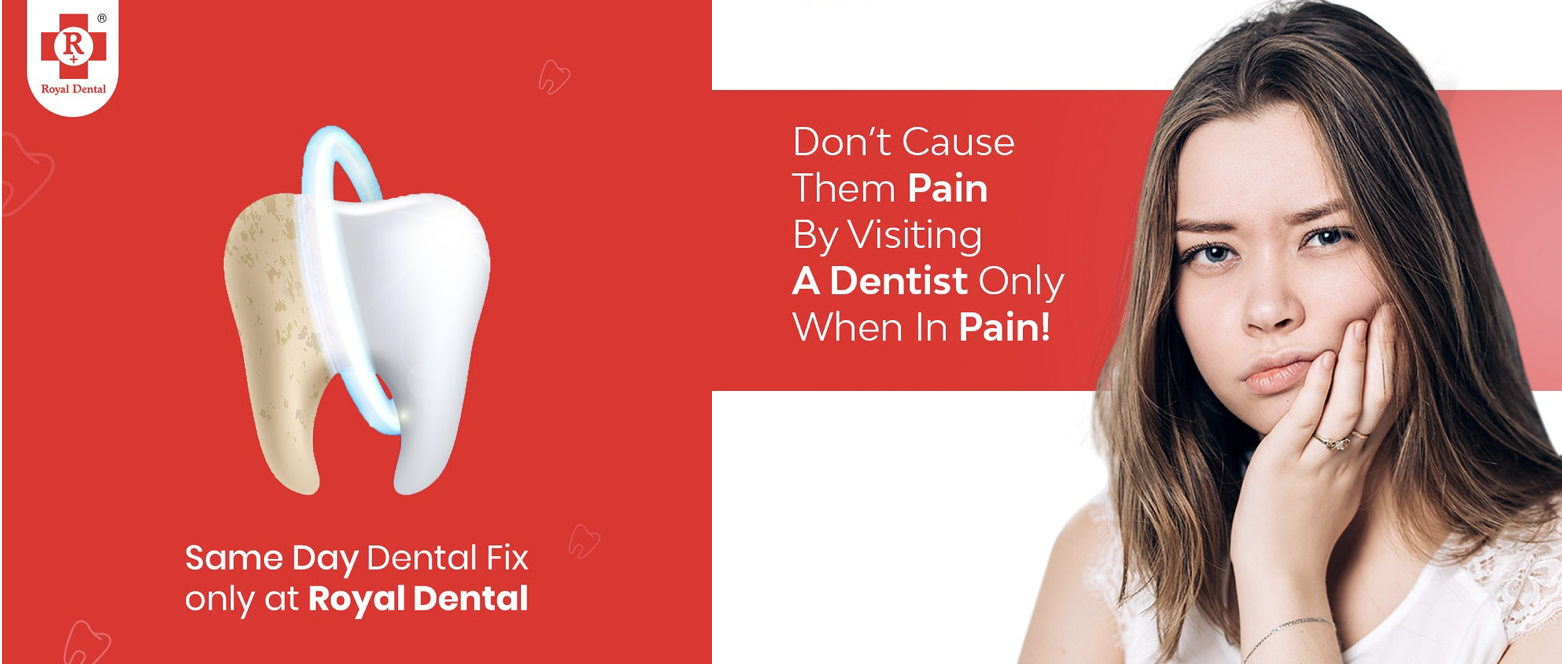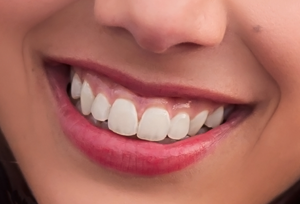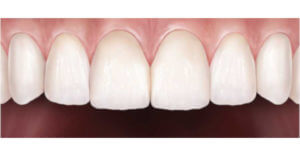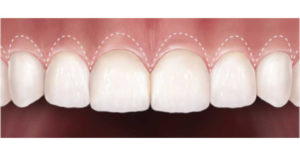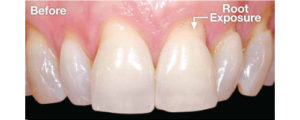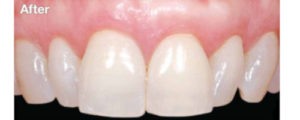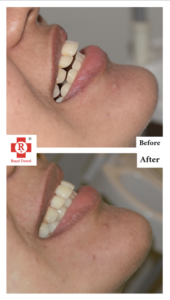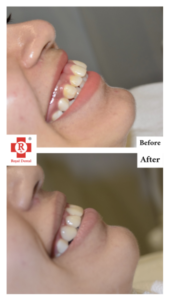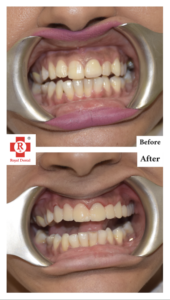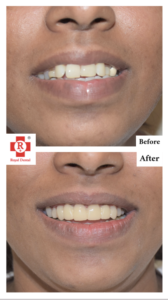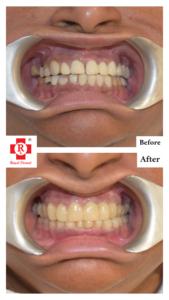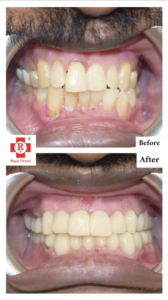Teeth mobility is one of the most common dental problems as age advances. If not treated early, the teeth may fall off on its own. To prevent the teeth from falling due to teeth mobility there are various ways such as to remove the causative factor. Most common causative factor is infection in the gums and/or abnormal direction of eating force. Getting regular cleaning off your teeth from professional dentist will prevent infection in the gums. Read more about Tooth Mobility and Bleeding Gum.
The main function of teeth is grinding your food! In grinding the surfaces get worn out and become smooth. This roughens the edges of the tooth and reduces the efficiency. The surfaces of tooth need to be reshaped to continue the efficient grinding. In extreme cases of hard grinding like pan, supari and similar items or habit of grinding the teeth specially at night; the wear and tear if more dangerous.
Do you Grind your Teeth at Night? Read To Stop!

Chipped teeth are very common and although the teeth are hard and durable, they can be damaged by sports injuries, trips and falls or even biting down on something hard. Royal Dental Clinics serves patients for unexpected chipped teeth. Once the teeth are reshaped the process of grinding and its efficiency is restored. If this process is neglected the result would be abnormal direction of eating forces resulting in teeth mobility.
Getting regular cleaning of your teeth from professional dentist will prevent infection in the gums. A six-monthly regular dental check-up, cleaning, reshaping the teeth and treating hyperacidity if present; is highly recommended if the mobility of teeth has to be reduced or prevented. If the teeth mobility is increased it has to be treated by one or more of processes like splinting the teeth, reshaping the teeth, bone grafting, periodontal implants. The results are good and the life of teeth is increased.
Good Teeth, Great Life! Tooth Mobility and Gum Bleeding?
Gums or Gingiva are soft tissues covering the root surfaces of the teeth. Gums protect the teeth and the underlying bone against infection. It forms a tight seal against the teeth and the jaw bone. Good oral hygiene helps maintain gums in a healthy state. Poor oral hygiene leads to gum disease like gingivitis and periodontitis.
Gum Bleed is a sign of gingivitis, or inflammation of your gums. It’s a common and mild form of gum disease, and it’s caused by a buildup of plaque at your gum line. Various risk factors like environmental factors, genetic factors aggravate the disease. Poor oral hygiene leads to accumulation of plaque. Painful and swollen gums, redness in gums, bleeding from gums, pocket formation, recession, bone loss, mobility are clinical signs and symptoms of gum disease.
Get your Teeth checked for Tooth Mobility and Bleeding Gum.

If the gum disease is left untreated tooth loss, bone loss occurs. Due to bone loss future replacement of teeth also becomes questionable as bone loss causes implant placement difficult. If bridge is planned the tooth from which we take support is compromised in periodontal disease. Gum disease has its ill-effects on the remaining teeth as well. The infection spreads to remaining teeth as well thereby making replacement by artificial teeth difficult.
Dental crowns are caps placed on top of damaged teeth or treated teeth. Crowns are used to protect, cover and restore the shape of your teeth when fillings don’t solve the problem.

